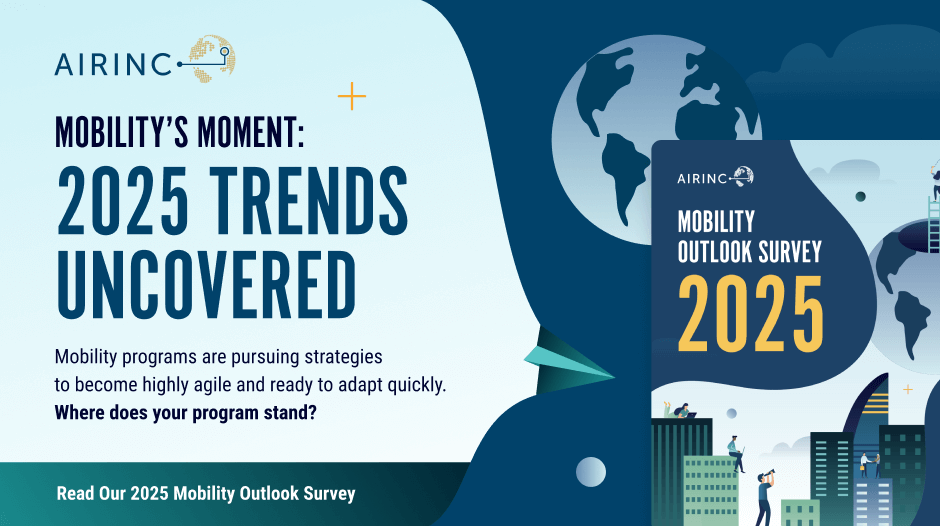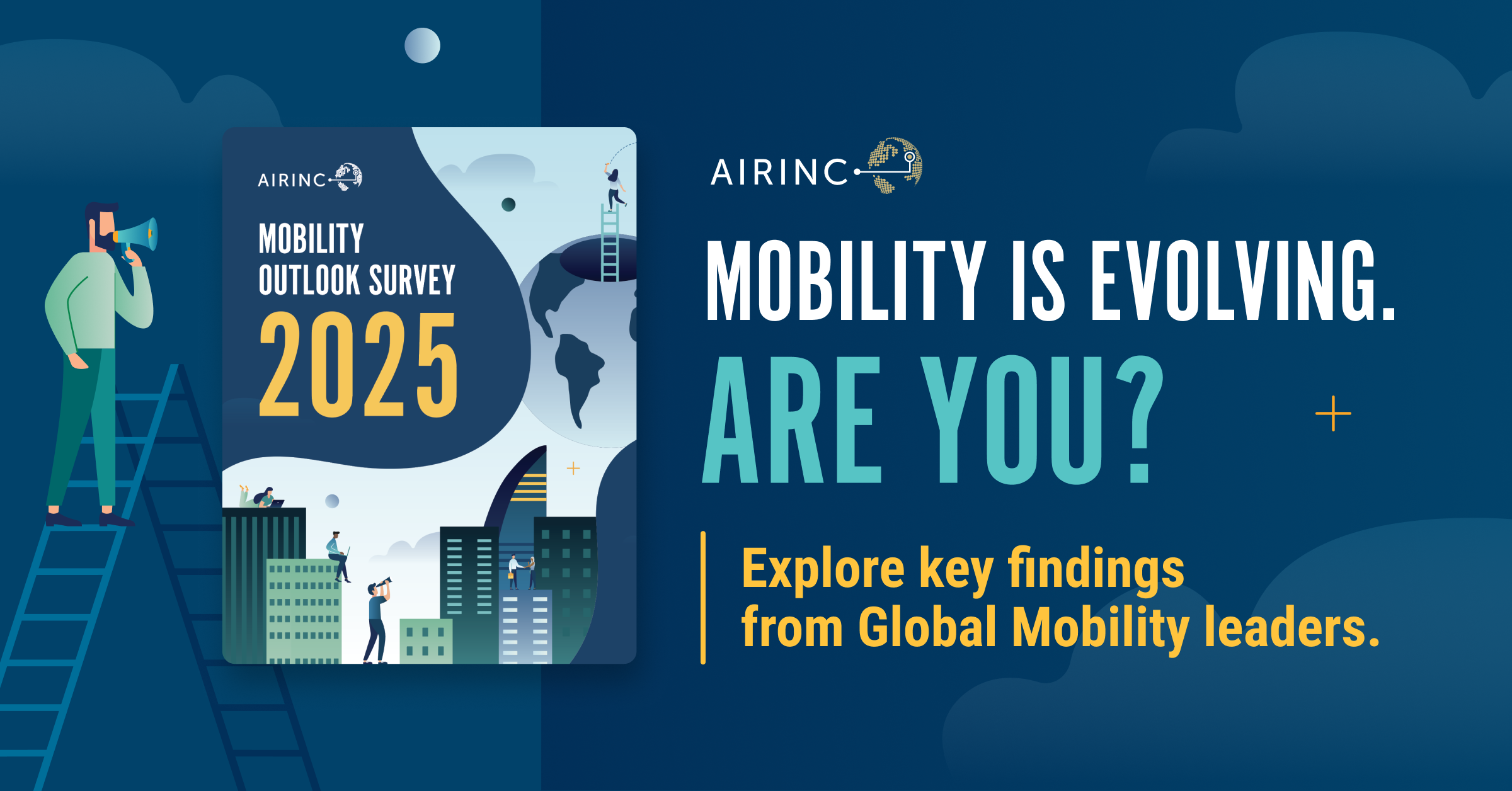Future-proofing your mobility program means more than just being ready for the next challenge—it’s about building resilience, agility, and strategic foresight. It’s the ability to not only respond to change but anticipate it, ensuring your program stays aligned with evolving business goals and employee expectations. At its core, future-proofing is about agility: the ability to anticipate disruptions, pivot effectively, and remain aligned with changing business and employee needs.
Where Do Companies Stand Today?
In today’s dynamic world, the need to adapt quickly to changing circumstances has never been greater — and global mobility programs are no exception. Our latest Mobility Outlook Survey reveals that while many companies are taking steps to become more proactive, a significant portion still find themselves in reactive mode when challenges arise.
Here’s what the survey revealed:
- 38% describe their programs as moderately agile—proactive in some areas but reactive in others
- 24% address challenges as they occur, but lack proactive strategies
- 23% report their programs are primarily reactive
- 15% say their programs are highly agile and can adapt quickly to change
While many organizations are still in the early stages of building agility and proactiveness into their programs, others are leading the way with innovative strategies and technologies. Let’s take a look at what some of these forward-thinking companies are doing to future-proof their mobility programs.
What Companies Are Doing to Future-Proof Their Mobility Programs
As organizations strive to build more agile and proactive mobility functions, they are embracing a variety of strategies and technologies that position them for success in an ever-changing landscape. These companies understand that future-proofing is not just about reacting to immediate needs, but about laying the groundwork for long-term resilience and adaptability. Here are a couple of real-world examples of organizations who have successfully integrated these approaches into their global mobility strategies:
Building a More Agile Mobility Function
Agility is key. A flexible, proactive, and responsive mobility program allows organizations to quickly adapt to both expected and unexpected changes. Ways to do this include:
- Upskilling mobility professionals in areas such as strategic planning, compliance, and change management
- Partnering with vendors and technology providers to enhance scalability and speed of response
Embracing AI and Technology for Smarter Decisions
Artificial intelligence (AI) is a powerful enabler of agility and data-driven decisions. AI enhances decision-making by analyzing data patterns and offering recommendations for mobility-related strategies. It is revolutionizing mobility by predicting risks, analyzing talent availability, and even measuring employee satisfaction, empowering companies to make smarter, faster decisions.
Strengthening Talent Development and Workforce Planning
Mobility is no longer just about relocation; it should be an integral part of talent management. Companies are introducing initiatives like rotational programs, virtual assignments, and international internships to develop future leaders and address workforce gaps.
Prioritizing Employee Experience and Well-Being
From personalized relocation packages to flexible work arrangements, companies are rethinking mobility policies to deliver a seamless and supportive employee experience, with a focus on well-being. Emerging trends include:
- “Work from Anywhere” policies for greater flexibility,
- Short-term remote international experiences, and
- Employer-of-record models for seamless global hiring
Companies undertaking these initiatives understand that future-proofing is not just about reacting to immediate needs but about laying the groundwork for long-term resilience and adaptability. Here are a couple of real-world examples of organizations who have successfully integrated some of these approaches into their global mobility strategies.
Real-World Examples of Agility in Action
Adjusting to Global Talent Shortages:
A financial services company faced increasing competition for top talent in key markets. Their mobility program quickly adapted by offering international remote and rotational opportunities to high-potential employees, enabling them to serve these markets. This agile approach allowed them to tap into a global talent pool, filling critical positions and addressing talent gaps during key hiring periods.
Responding to Market Expansion Needs:
A rapidly growing e-commerce company expanded into new international markets. Their global mobility team leveraged an AI-powered platform, trained to analyze local regulations, labor laws, tax considerations, and cultural factors in these new markets. By ensuring early involvement of the mobility team in workforce planning and maintaining flexibility in assignment terms, the company was able to accelerate market entry, placing the right talent in key locations. Their agility enabled them to stay competitive, even with aggressive global expansion timelines.
Download the Full Report for More Insights
While many companies are making strides in future-proofing their programs, there’s still room for growth. To gain a deeper understanding of how your mobility strategy compares with industry benchmarks and learn more about the trends shaping the future of mobility, download our full Mobility Outlook Survey Report.
What’s New in This Year’s Report?
The 2025 Mobility Outlook Report is not just an annual update — MOS 2025 has been redesigned to provide a clearer, more actionable view of mobility trends.
Click here to watch the MOS webinar.





%20(47).png)

